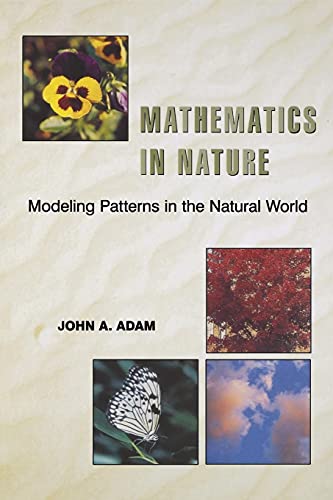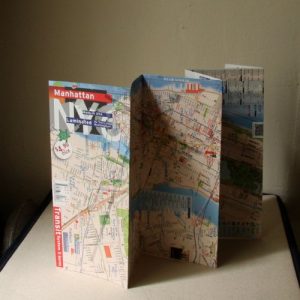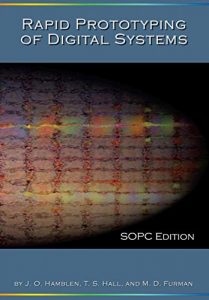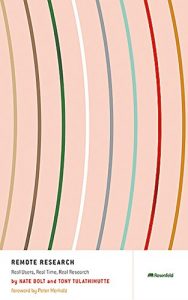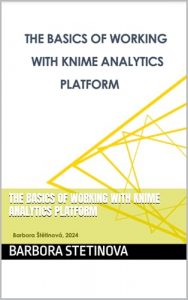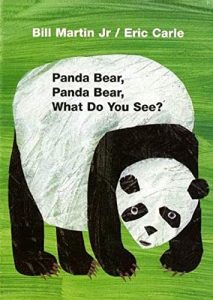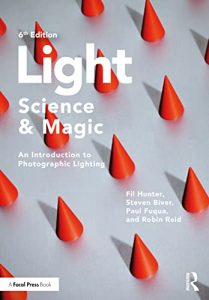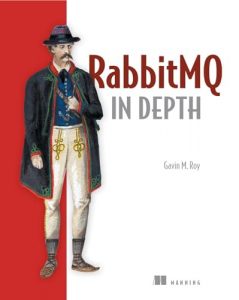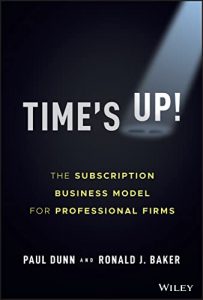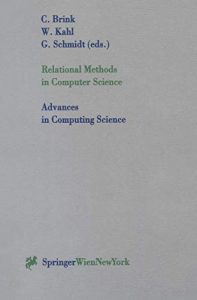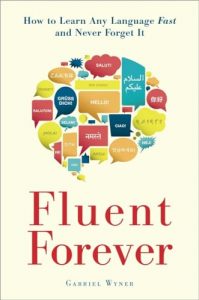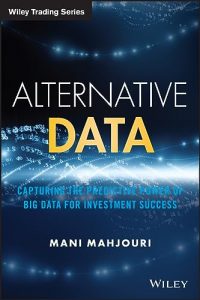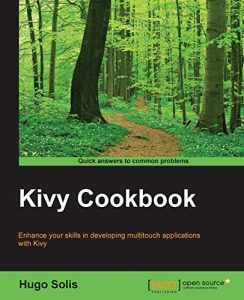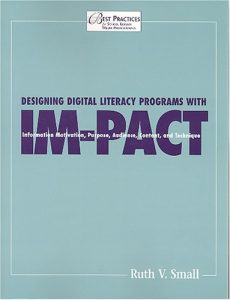Mathematics as the Language of the Universe
Mathematics has always been a key to understanding the underlying patterns and structures in nature. From the spirals of seashells to the branching of trees, mathematical concepts play a crucial role in deciphering the designs of the natural world. In this blog post, we delve into an intriguing selection of books that beautifully illustrate the connection between mathematics and nature.
Whether you are a seasoned mathematician or a curious explorer of the natural world, these captivating reads will inspire you to look at the universe with new eyes. Discover how intricate mathematical patterns reveal the beauty of the landscape around us. Let’s dive into these enlightening titles that promise to enrich your understanding and appreciation of both mathematics and nature.
Mathematics in Nature: Modeling Patterns in the Natural World
This essential work by Princeton University Press invites readers into the fascinating world of mathematical modeling. “Mathematics in Nature” showcases the vital role mathematics plays in describing intricate natural phenomena. The book provides a comprehensive overview of how mathematical concepts are used to interpret and predict patterns found in nature. This engaging read goes beyond theoretical discussions; it presents real-world applications, making it a must-have for anyone interested in the symbiotic relationship between math and the environment.
The Beauty of Numbers in Nature: Mathematical Patterns and Principles from the Natural World
Written by the eminent team at MIT Press, this book highlights the elegant patterns that numbers create within the natural world. Through beautifully illustrated examples, it explores how mathematical principles can explain the organization and coexistence of various elements in nature. From the arrangement of leaves to the proportions in animal bodies, this title is a visual feast that also serves as an educational tool for readers keen on seeing the unseen mathematical relationships that dictate the dynamics of nature.
Mathematics in Nature, Space and Time (Waldorf Education Resources)
This insightful book puts a unique Waldorf education spin on exploring mathematics through the lens of nature. It emphasizes hands-on learning, allowing readers to discover mathematical concepts organically. The text combines narrative and illustrations, making it an engaging resource for teachers and students alike. By connecting mathematical ideas to the surrounding world, this book enriches the educational experience for those curious about their environment.
The Power of Limits: Proportional Harmonies in Nature, Art, and Architecture
This captivating book by Shambhala delves into the concept of limits and proportions within the natural world, art, and architecture. It reveals how these mathematical ideas are not merely abstract, but are instead essential to understanding beauty across various disciplines. The author explores historical and contemporary examples, providing insights into how these principles shape both natural and human-made environments. A must-read for those looking to see the connections between design, mathematics, and our surroundings.
Patterns in Nature: Why the Natural World Looks the Way It Does
This thought-provoking title from the University of Chicago Press invites readers to ponder the reasons behind the visual patterns we see in nature. It explains why certain shapes and formats recur in biological organisms and geological formations alike. By elucidating the underlying mathematical principles, this book makes the complex simplicity of nature accessible to every reader. It’s an intellectually enriching experience that appeals not only to mathematicians but also to artists and naturalists.
The Universe Speaks in Numbers: How Modern Math Reveals Nature’s Deepest Secrets
This profound book demystifies how modern mathematics serves as a tool for unlocking the secrets of the universe. It discusses groundbreaking theories that have bridged gaps between mathematics and sciences. With accessible language, it incentivizes readers to embrace numbers as windows to understanding the fabric of our reality. Every reader interested in physics, mathematics, or philosophy will find joy and excitement in this exploration.
Math Art: Truth, Beauty, and Equations
Union Square & Co. presents this intriguing blend of mathematics and creativity. “Math Art” is a delightful exploration of visual representations of mathematical equations that stir curiosity. The author illustrates how math is not just logic and reasoning but also a canvas for artistic expression. This book inspires readers to see the beauty in numbers and equations, merging the worlds of math and art harmoniously.
Symmetry in Chaos: A Search for Pattern in Mathematics, Art, and Nature
This compelling volume by Oxford University Press examines how chaos theory intersects with the search for patterns in mathematics and nature. The author guides readers through a mesmerizing journey where symmetry emerges from chaos, illuminating the intricate web that binds different phenomena together. It’s a brilliant intersection of science, mathematics, and art, perfect for those intrigued by the order hidden within apparent disorder.
Growing Patterns: Fibonacci Numbers in Nature
Astra Young Readers presents this charming introduction to Fibonacci numbers, demonstrating their presence in natural forms like flowers, fruits, and shells. This beautifully illustrated book introduces young readers to the concept of growth patterns, encouraging curiosity about the mathematics underpinning the natural world. It’s perfect for educators seeking to cultivate interest in both science and math among their students.

